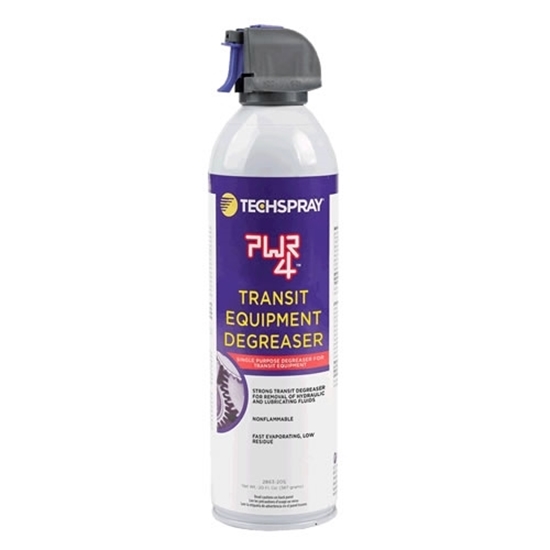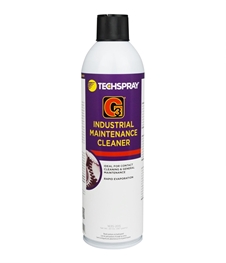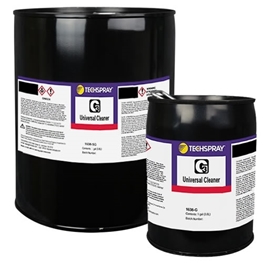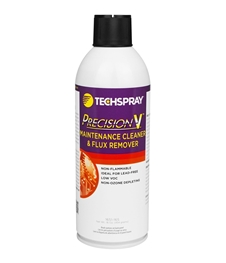
PWR-4 Transit Equipment Degreaser
Nonflammable & strong single purpose transit degreaser

Your Sample Request
PWR-4 Transit Equipment Degreaser
*=required field
TDS
REGS
SDS
FAQ's
The shelf life of a product can be found on either the technical data sheet (TDS), available on the product page, or by looking on the certificate on conformance (COC). The COC can be downloaded by going to https://www.techspray.com/coc. Once you have the shelf life, you will need to add it to the manufacture date for a use-by date. The manufacture date can be identified by the batch number. The batch code used on most of our products are manufacture dates in the Julian Date format. The format is YYDDD, where YY = year, DDD = day. For example, 19200 translates to the 200th day of 2019, or July 19, 2019. This webpage explains and provides charts to help interpret our batch numbers: https://www.techspray.com/batch-codes.
N-Propyl Bromide (nPB), Trichloroethylene (TCE) and Perchloroethylene (Perc) are highly toxic chemicals commonly used in degreasers to provide cleaning performance in a nonflammable formula. There are documented court cases where workers suffered major health effects when exposed to high levels of these chemicals. Workers reported headaches, dizziness, and even loss of full body control. There are also possible links to reproductive problems and cancer. All of this has caused maintenance facilities to reconsider their solvent choices, especially with manual cleaning when exposure tends to be higher.






